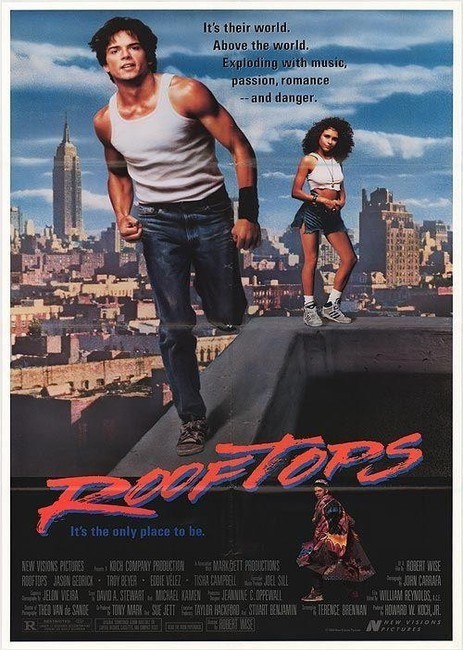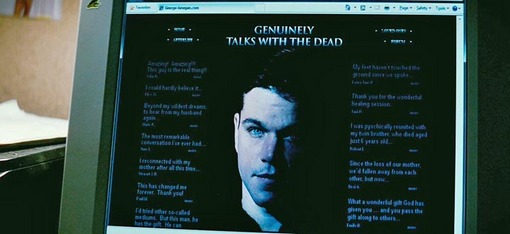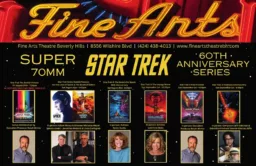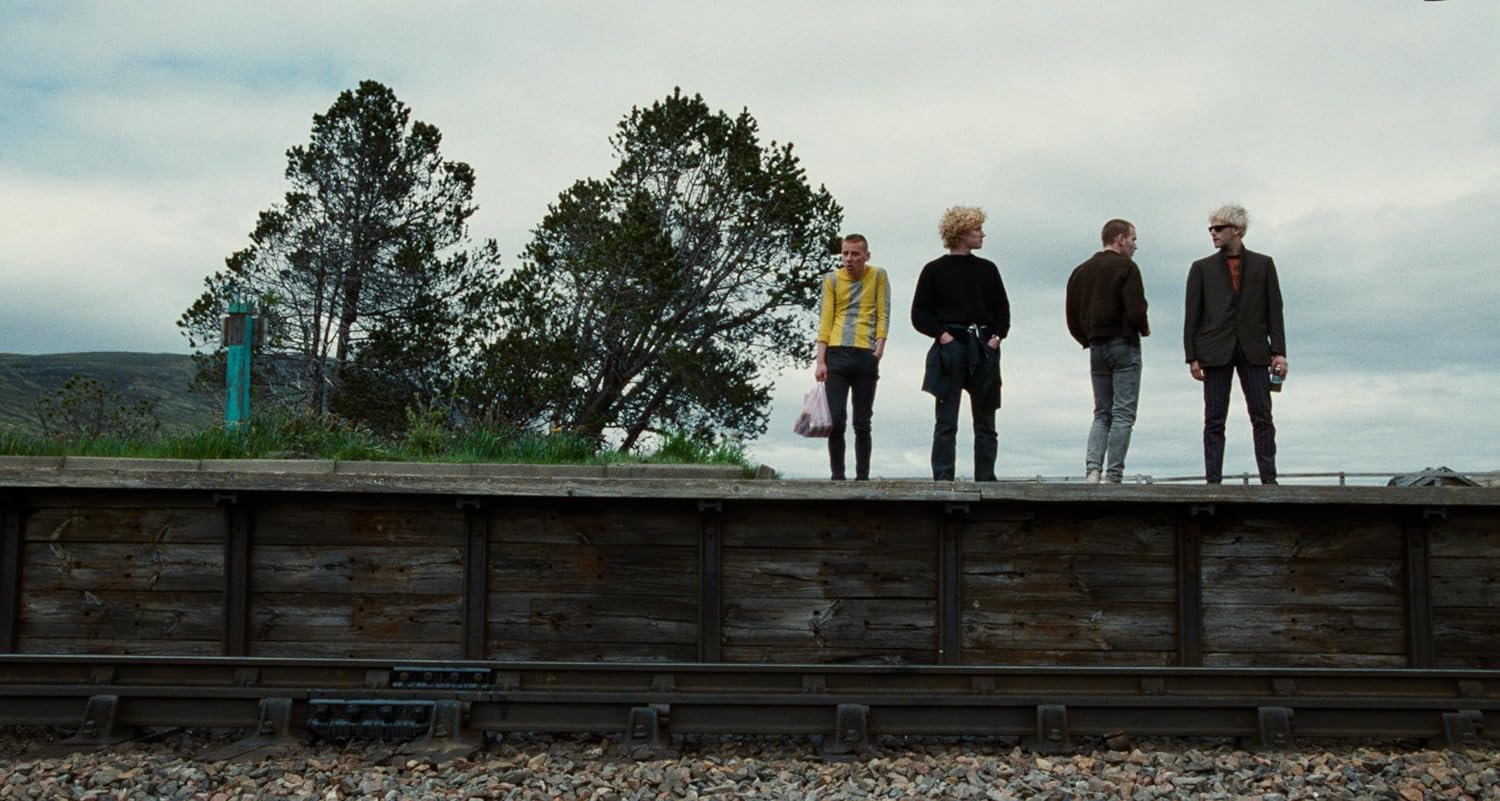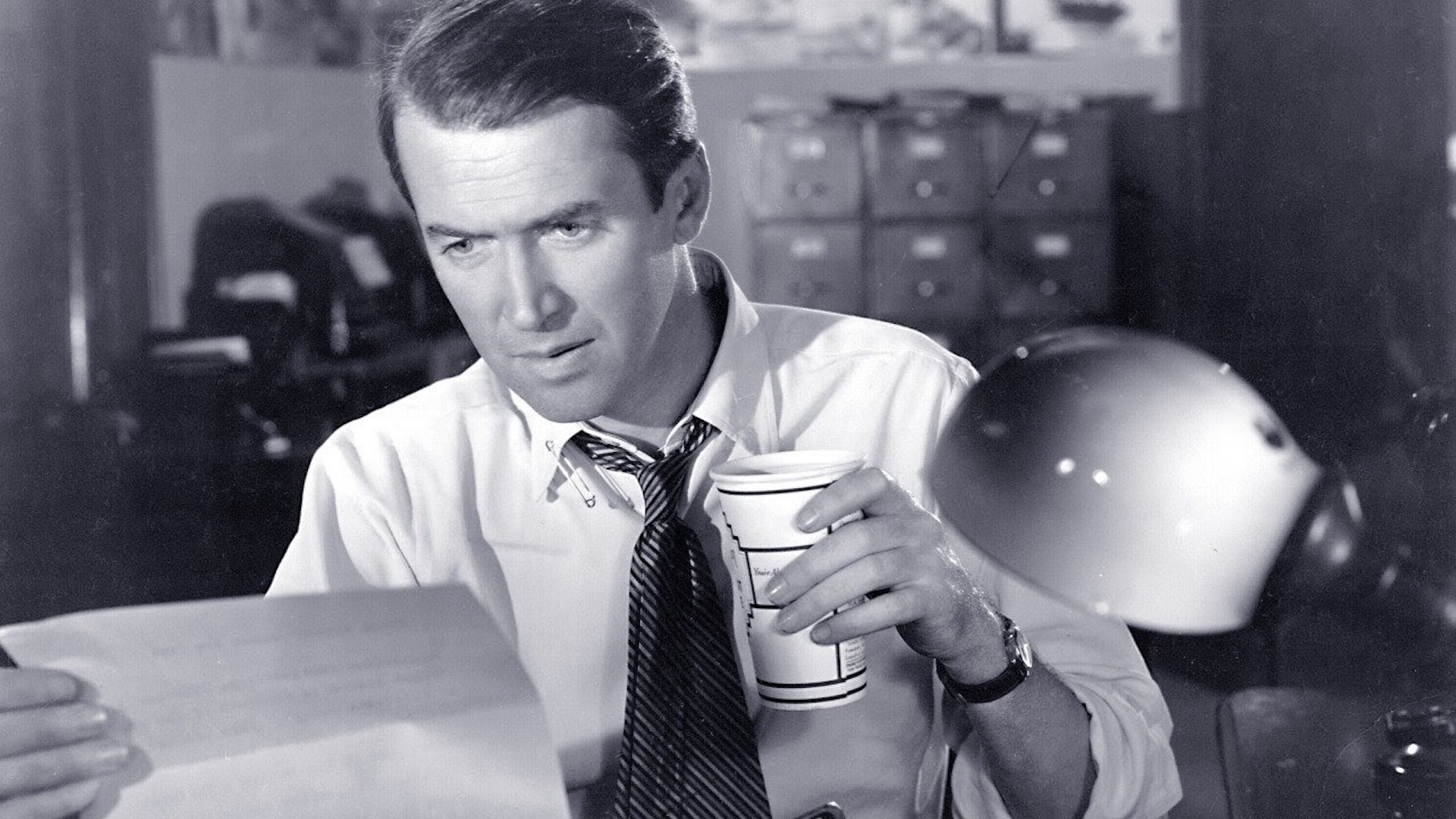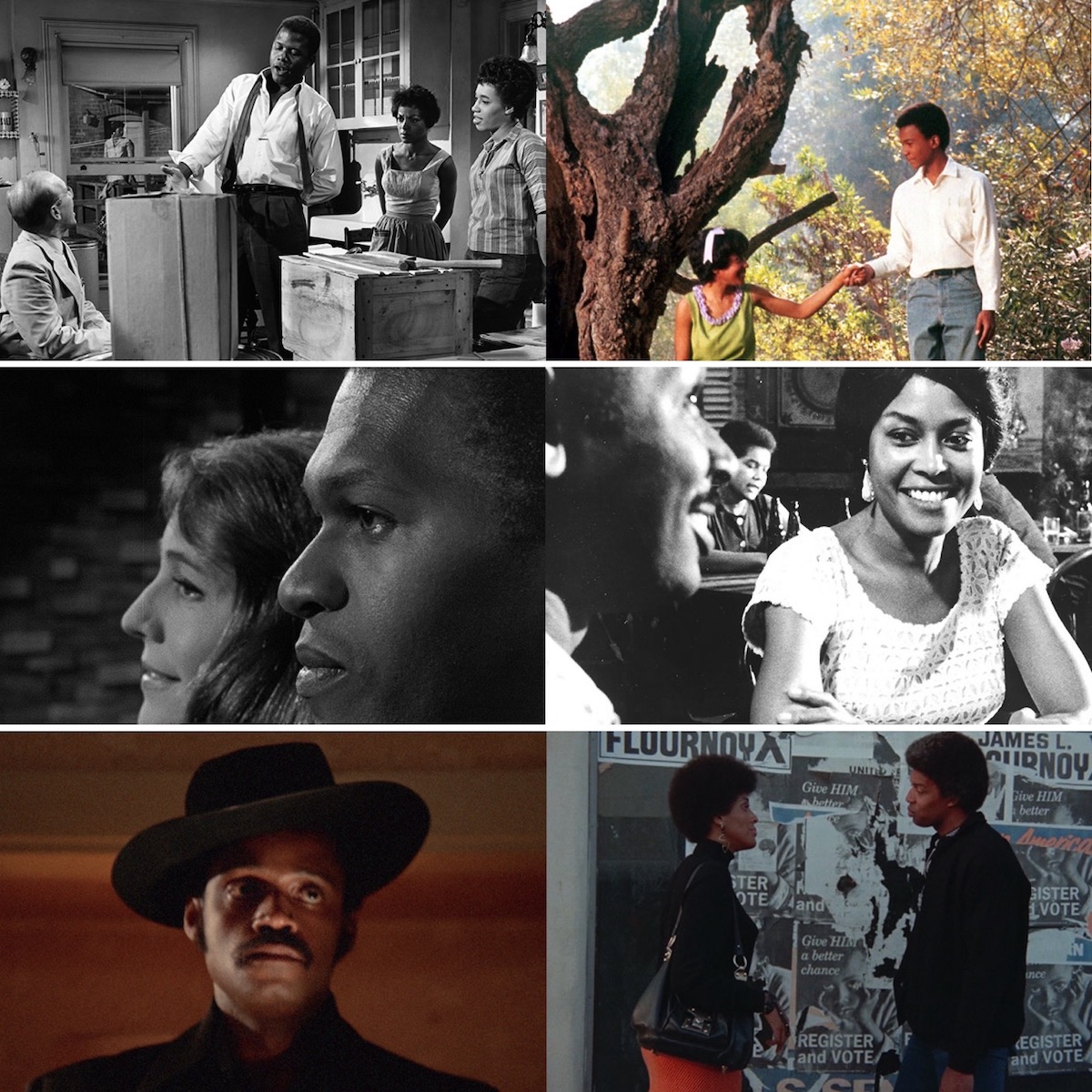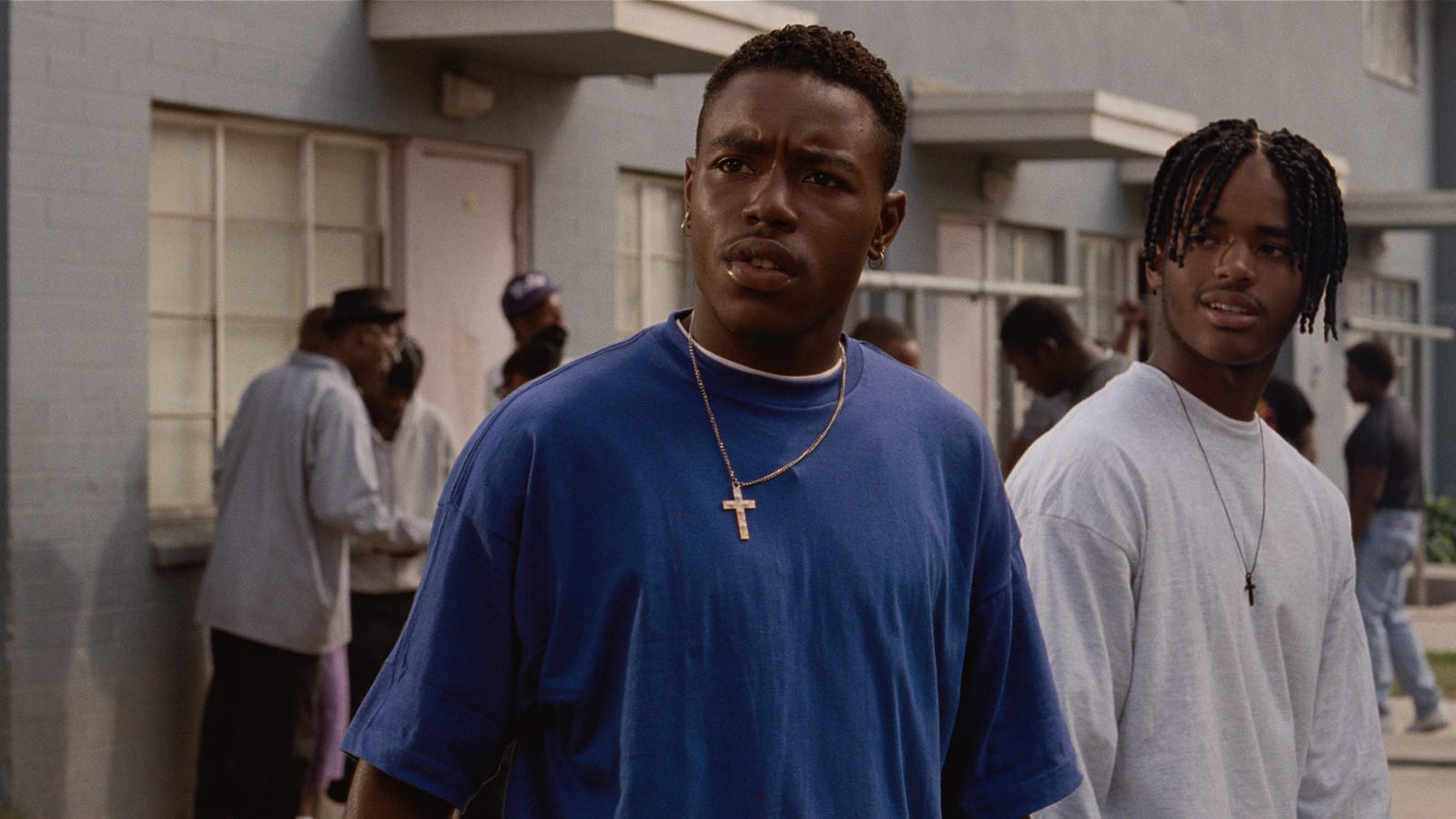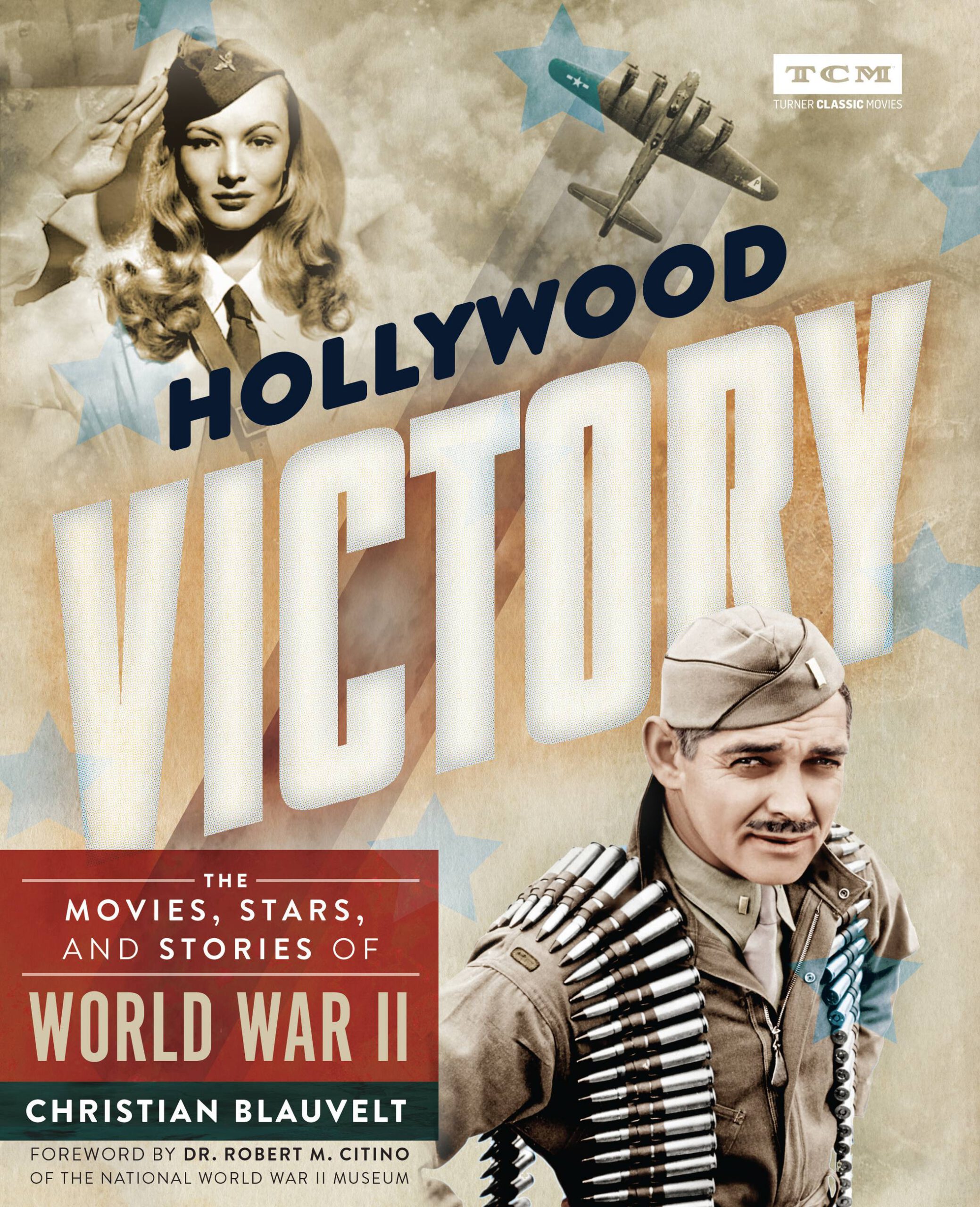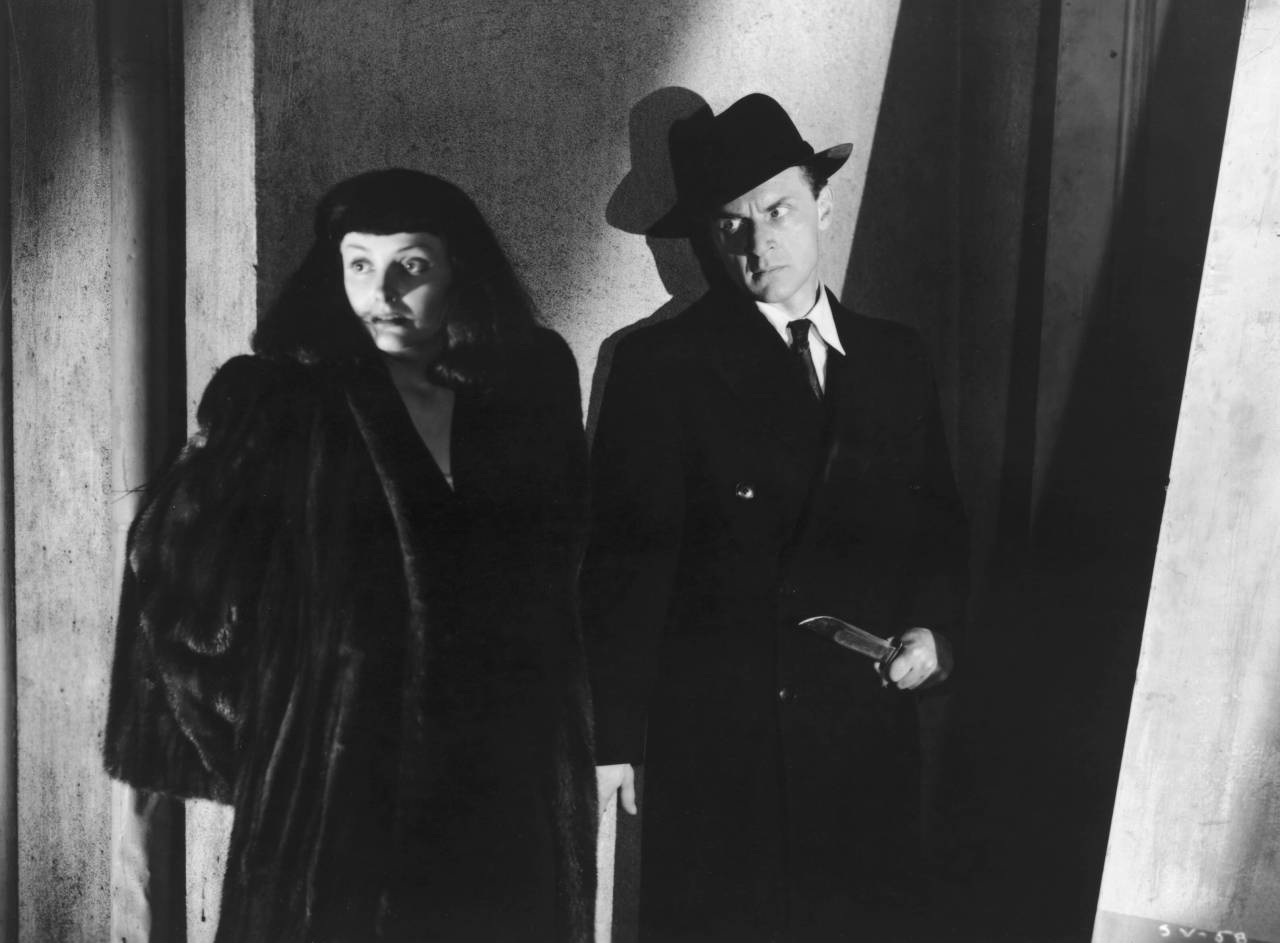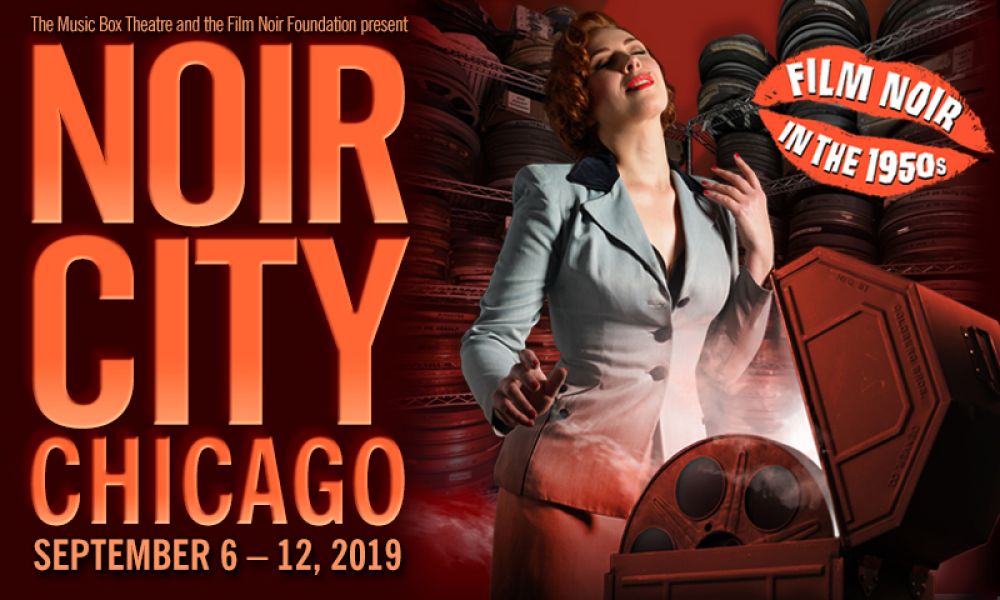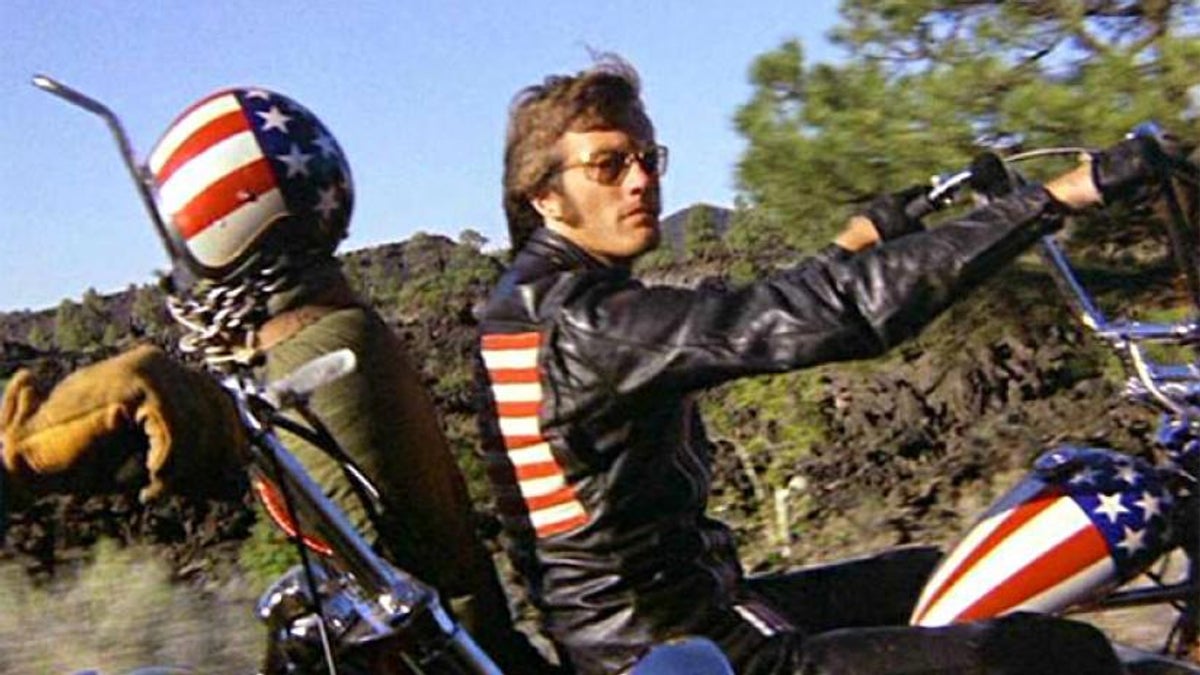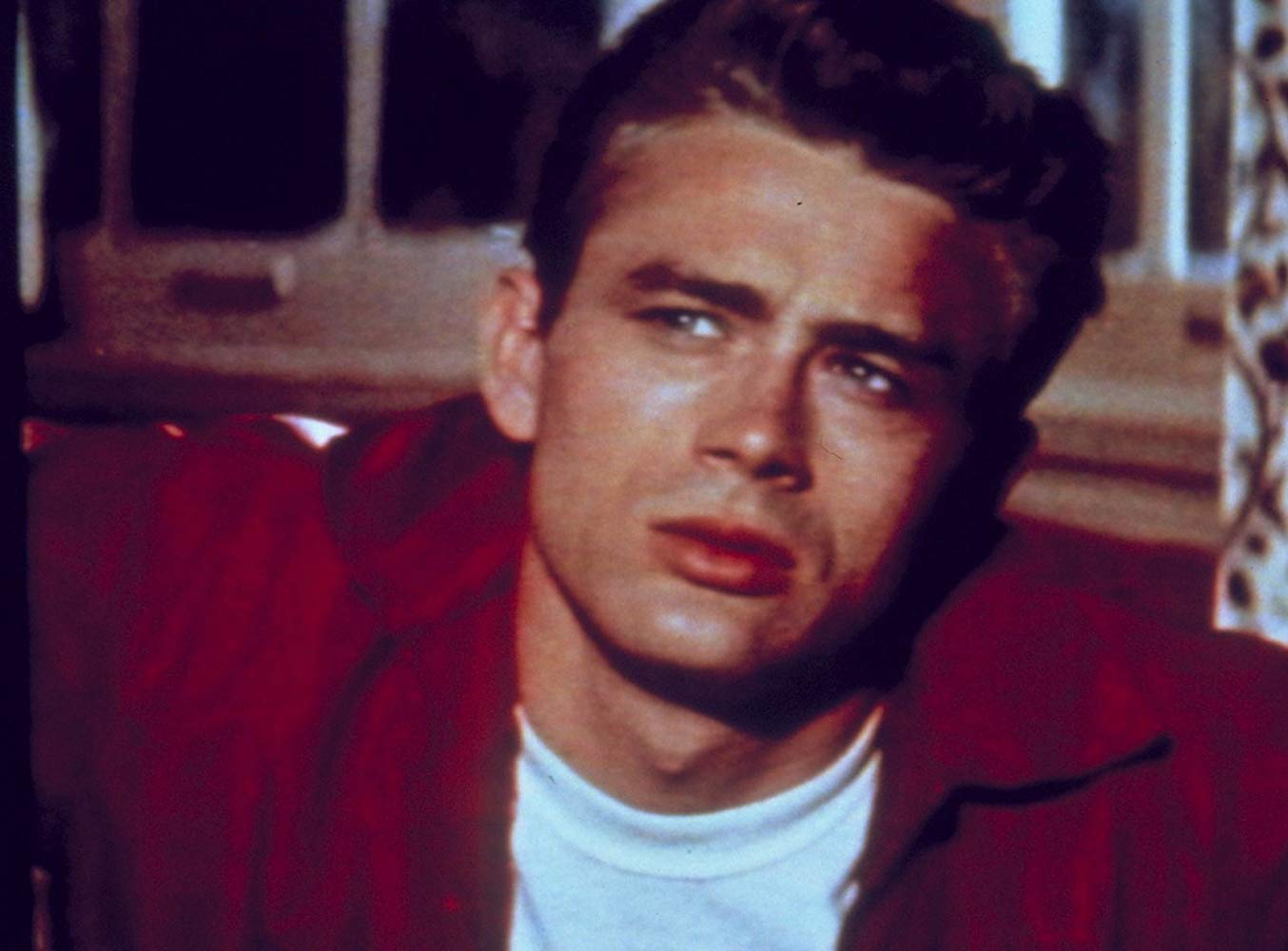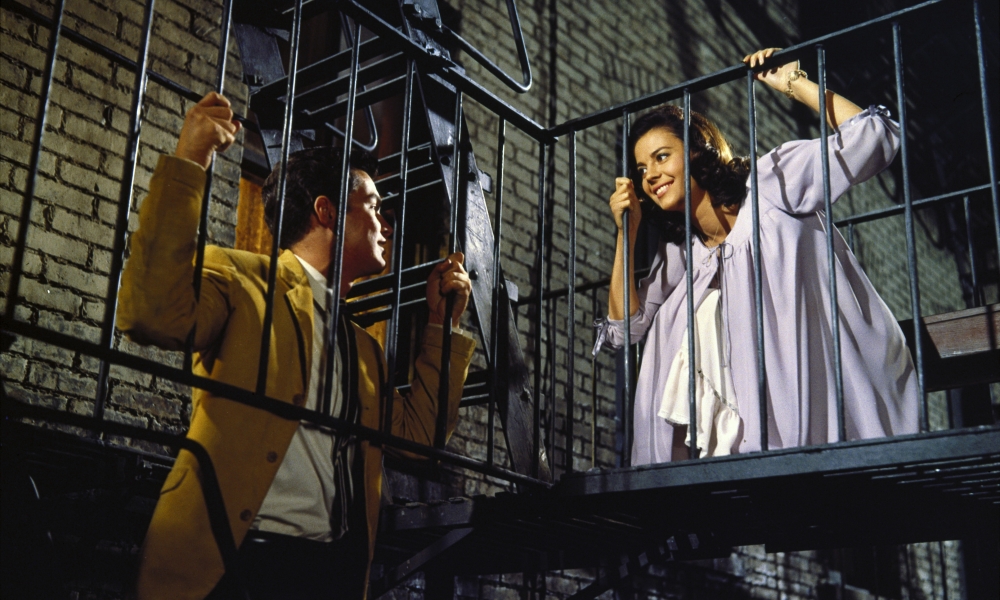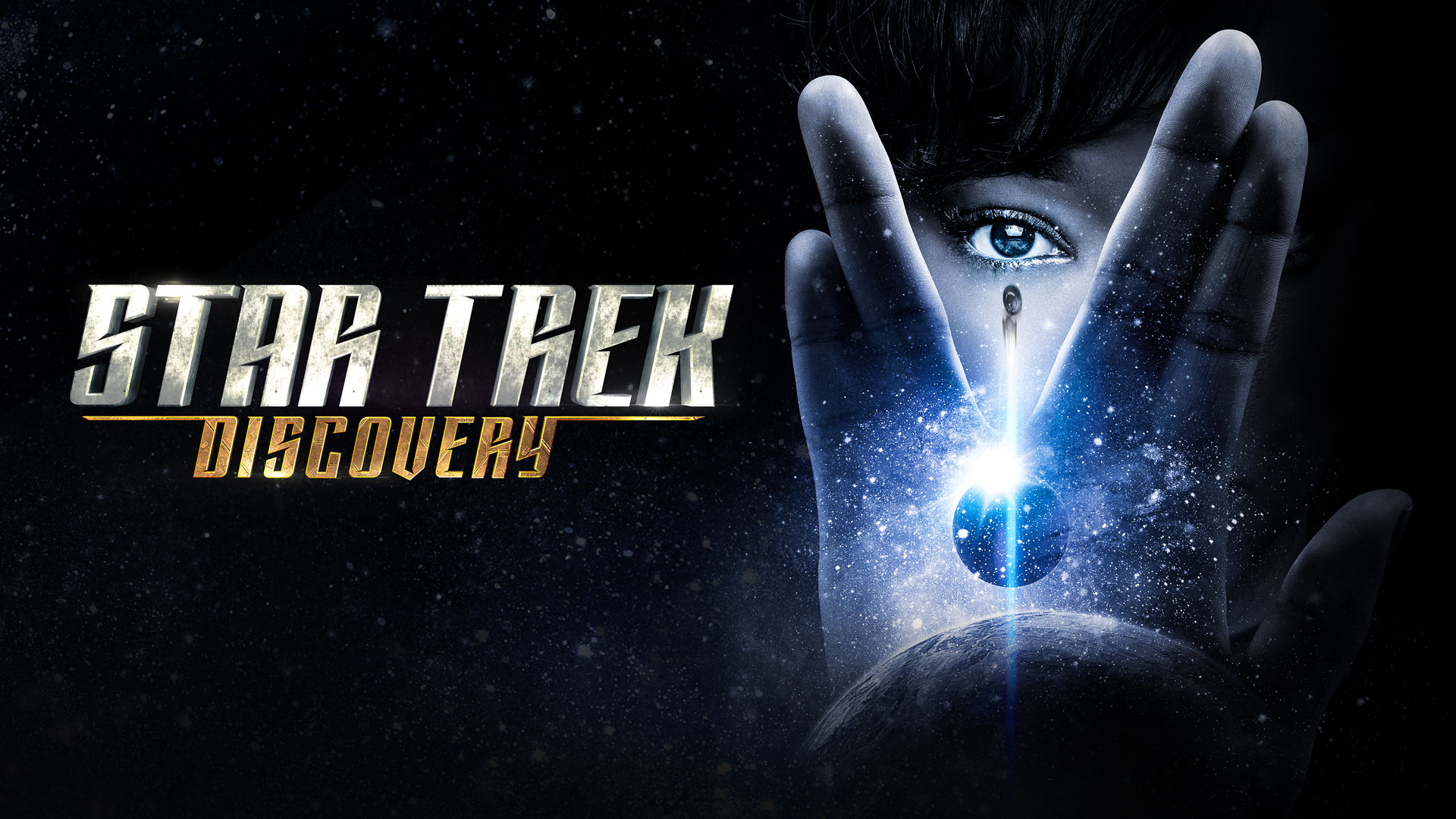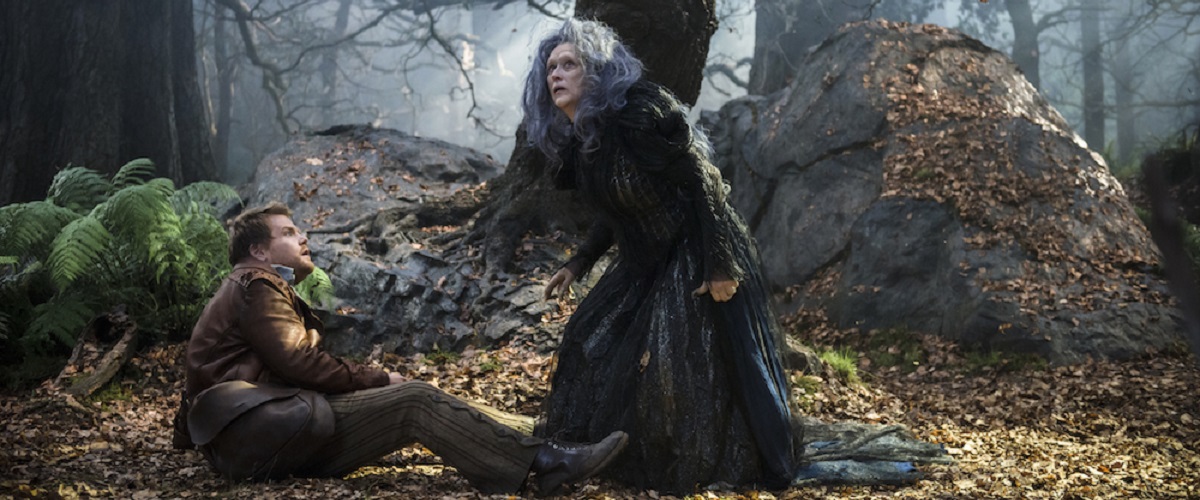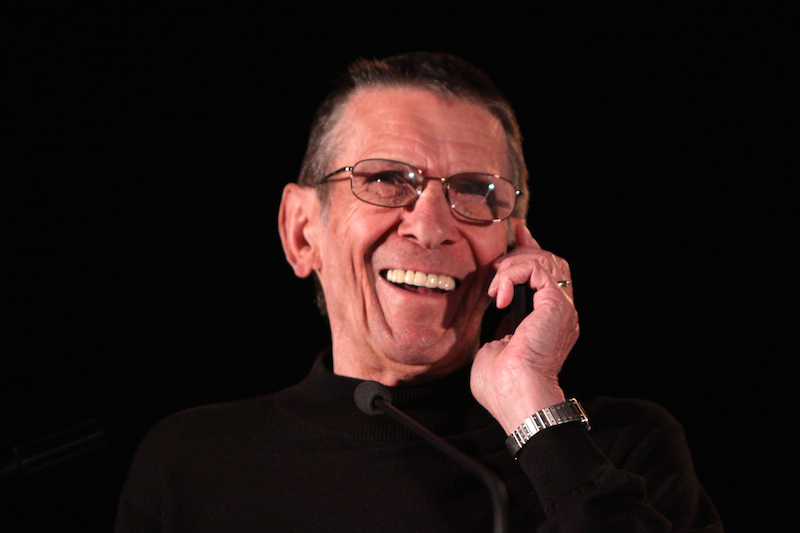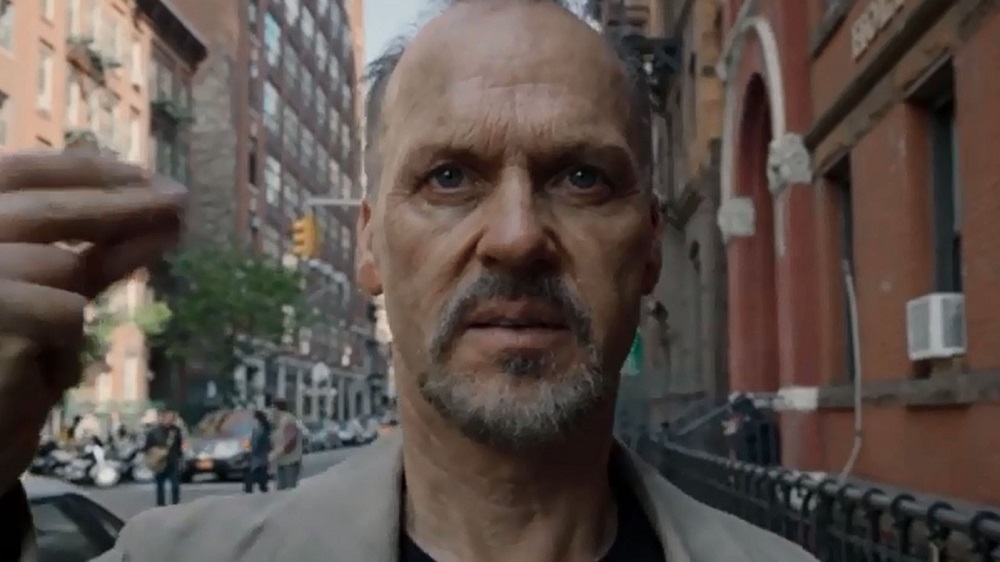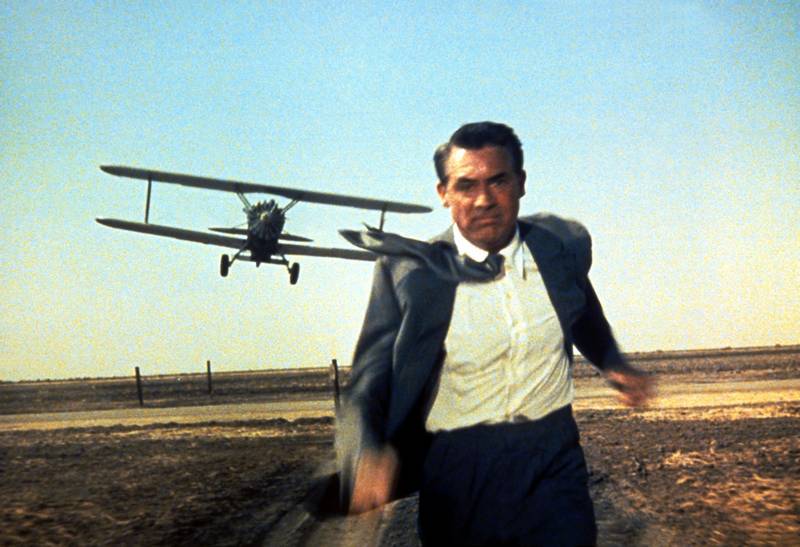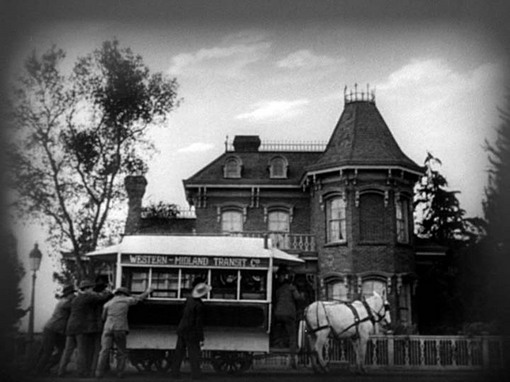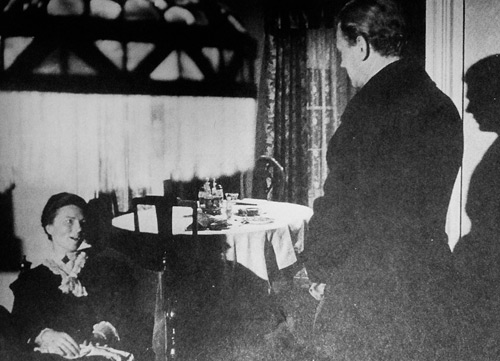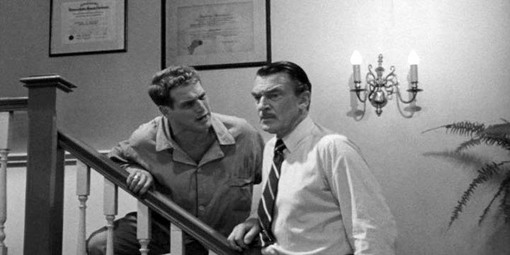Robert Wise Movie Reviews
Blog Posts That Mention Robert Wise
Coming to a bad end
Jim Emerson
The 100 Most Acclaimed Movies of the 20th Century
Jim Emerson
Eastwood, now and Hereafter
Jim Emerson
Experience the Star Trek Movies in 70mm at Out of this World L.A. Event
Craig D. Lindsey
Home Entertainment Guide: January 2024
Brian Tallerico
Noir City Returns to the Music Box in Chicago
Laura Emerick
Academy Museum of Motion Pictures Exhibition, Regeneration: Black Cinema 1898 -1971, Kicks Off with Screening Series
The Editors
Home Entertainment Guide: December 2021, The Criterion Collection
Brian Tallerico
Book Excerpt: Hollywood Victory: The Movies, Stars, and Stories of World War II by Christian Blauvelt
The Editors
Death is Good: The Horror Films of Val Lewton
Bill Ryan
A Way of Giving Back: Julie Andrews and Emma Walton Hamilton on Home Work: A Memoir of My Hollywood Years, Julie’s Library and More
Matt Fagerholm
Preview of Noir City Chicago 2019
Laura Emerick
Son of the father: Peter Fonda, 1940-2019
Matt Zoller Seitz
RIP Cinema: On James Dean’s Disappearance and French New Wave Legacy
Q.V. Hough
Great Movies Return to the Big Screen at Music Box’s 70mm Film Festival
Nick Allen
Star Trek: Discovery Returns to Series’ Musical Roots
Charlie Brigden
Home Entertainment Consumer Guide: March 26, 2014
Brian Tallerico
Leonard Nimoy: 1931-2015
Peter Sobczynski
“Birdman,” “Budapest,” Lady Gaga Win Big at Oscars 2015
Matt Fagerholm
101 102 Movies You Must See Before…
Jim Emerson
The Magnificent Ambersons: What’s Past is Prologue
Jim Emerson
Re-imagining the fate of the Holy Grail of cinephilia
Jim Emerson
The Devil and Daniel Webster
Seongyong Cho
On “The Rack” with Paul Newman and Stewart Stern
Jeff Shannon
Interview with Leonard Nimoy
Roger Ebert
Popular Reviews

The best movie reviews, in your inbox
